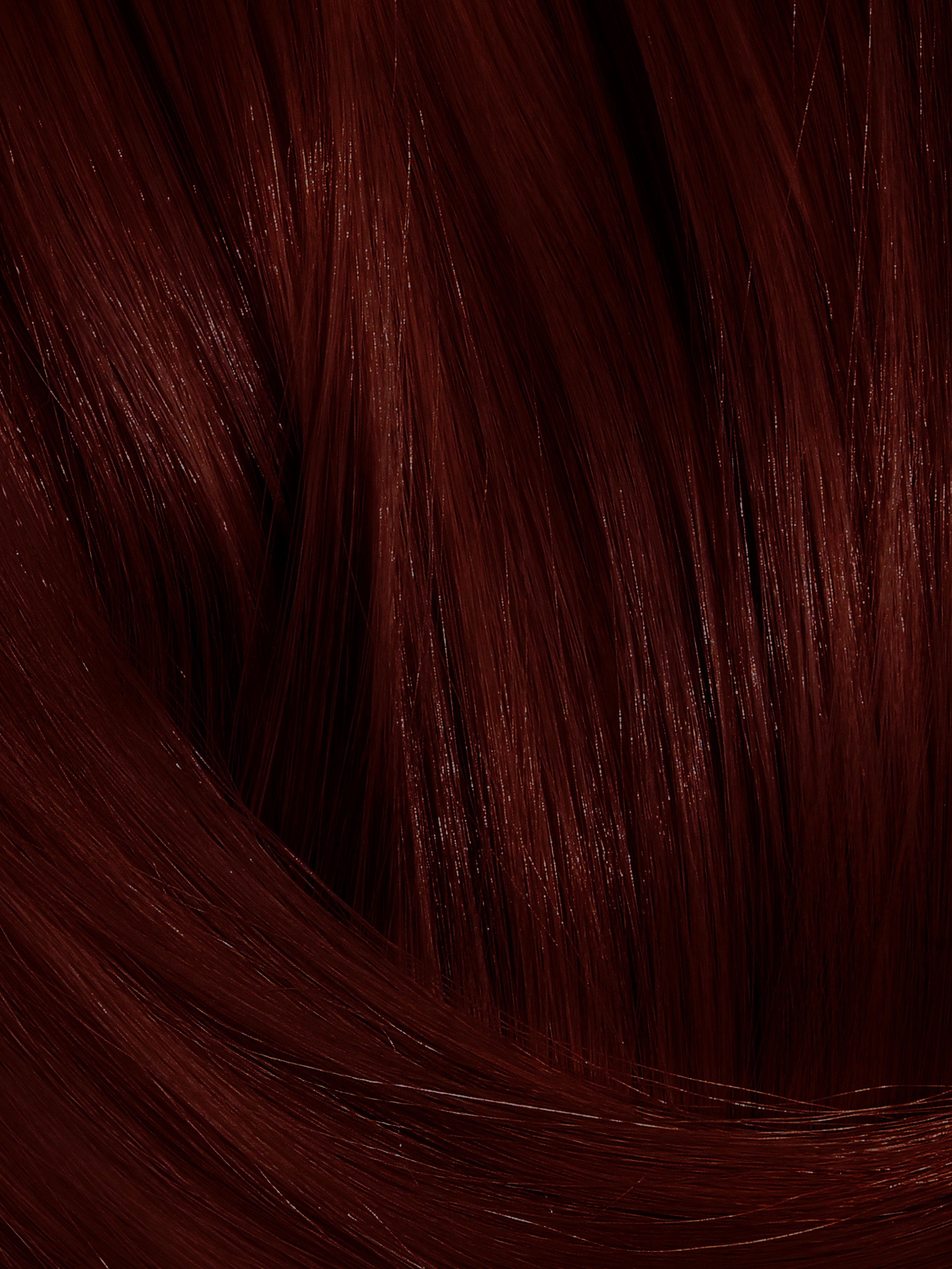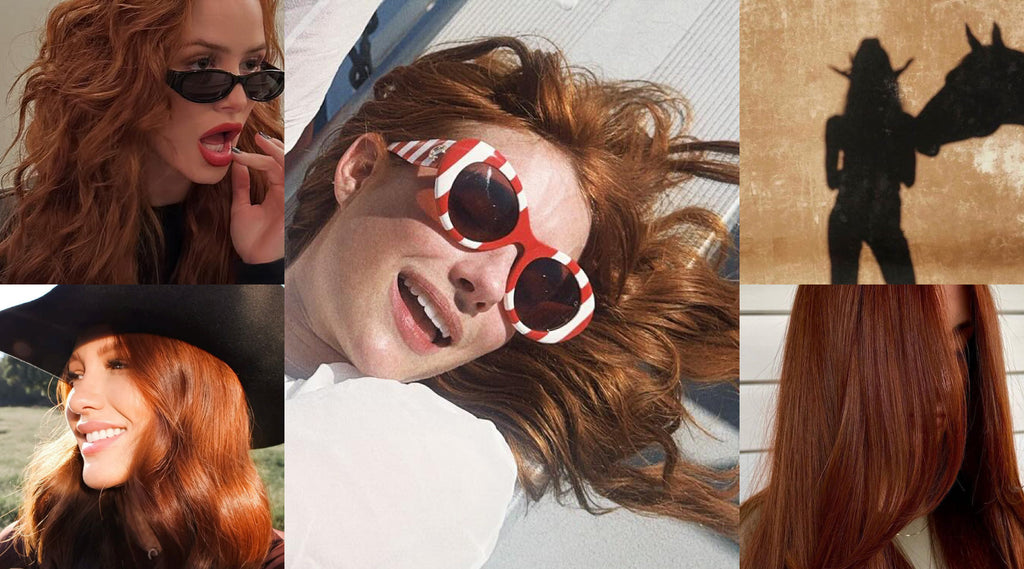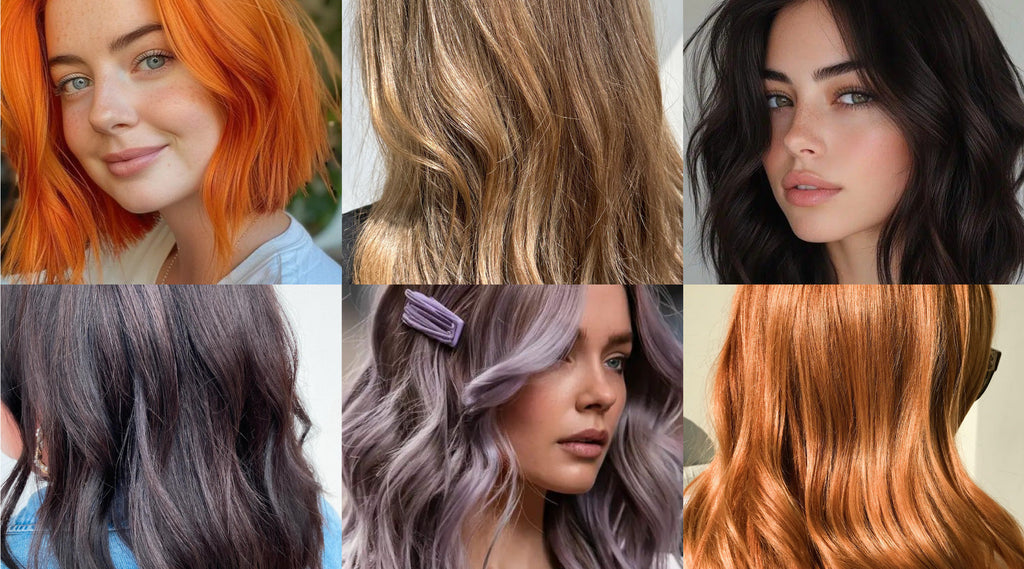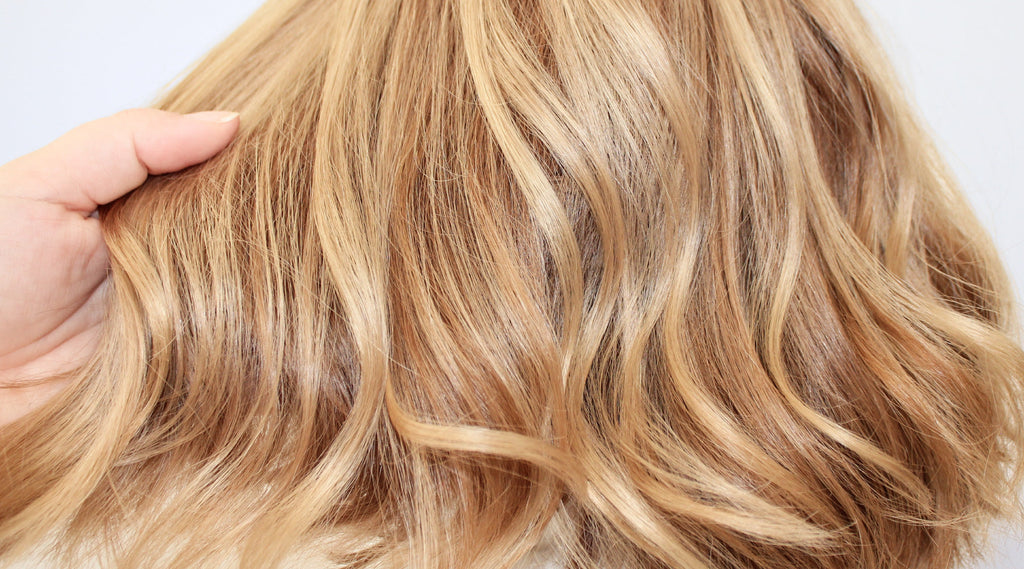When browsing the Hair Colour Range, do you ever find yourself stuck between two Shades and realise you would like a bit of this and a bit of that from each? Or found yourself left with two half tubes, wondering what would happen if you just threw it all in a Tint Bowl?
News flash! You will never have to be locked in and at the mercy of a one-use Colouring system again with our Hair Colour Range. We've developed a Colour Range with mixable pigments so you can do all those things mentioned above to create a Hair Colour that is undeniably yours.
You can mix two Hair Colours together for a variety of reasons:
You want a Hair Colour that is between 2 Shades
You want to weaken a strong reflect like Gold or Copper Ash or Silver
You want to add an extra pigment boost to counter Warmth in your Colour without the full Cooling effect
You can't choose between two Hair Colours
But before you go squeezing any old thing into your Tint Bowl, keep reading to discover our rules and hot tips to get the best Colour combination and the most out of your different pigments, understanding undertones Colour reflects, and ratios and how it all will translate into your next Hair Colour.
Rule #1: What Colours Should I Mix?
This depends on what you want from your Hair Colour, also what your Hair needs. Here's how to create your look.
Option 1: Mix With A Natural
We like a Natural base, it's easy to set your Colour's Lightness and then gives you the freedom to choose whatever reflects your heart desires.
For Example: I want to be a Medium Blonde, so I choose a 1/2 x 7 Medium Blonde Hair Colour but I know my Hair can go Warm and Brassy when I Colour, so I will mix 1/2 x 7.1 Ash Blonde in to help counteract that little bit of Warmth to keep my Colour Natural.
Option 2: Mix Two Reflects
Keep to like-minded Colours, such as Cool and Cool or Warm and Warm to avoid countering each Colour Undertone out.
For Example: Don't mix Ash and Copper Shades together they will counteract each other turning your Hair Colour into a muddy Shade. If you want to soothe the intensity of a Shade, like Copper, subdue it with a Natural Shade.
Option 3: Mix To Achieve That In Between Shade
If the Hair Colour you want is not in the Range or is in the middle of two Colours, create your own Hair Colour mixture.
For Example: 7.3 Golden Blonde is too Light and 5.3 Golden Brown is too Dark, mix half and half together to achieve a "6.3 Dark Golden Blonde".
Rule #2: How To Get The Perfect Colour Ratios

If you are looking for an even contribution from each Colour, choose a 1/2 and 1/2 ratio of each Colour.

When you want one Colour to be more dominant, or you need just a dash of reflect or depth, choose a 3/4 + 1/4 mixture with the dominant shade taking up the biggest ratio.

Rule #3. Understanding A Colour's Undertone Is Everything
Undertones are like the directory to tell you what you do and don't want in your Hair Colour. We like to keep this part very basic and break each Undertone into Natural, Cool andWarm Hair Colours.
Natural Undertones
Natural Undertones are single pigmented, neutral Colours with no additional reflects or Undertones. Naturals are the perfect base to build a Colour mix from, using them to determine the Lightness of your Colour and mixing with a Cool or Warm shade to dilute their intensity.
You'll find it in: 3 Dark Brown, 5 Light Brown, 6 Dark Blonde, 7 Medium Blonde, 8 Light Blonde, 9 Very Light Blonde
Ash (Cool Undertone)
Ash Undertones are the Coolest pigment made up of Blue Undertones that shows in the Hair as a smokey or crisp monochrome Colour. Use Ash to counteract Brassiness and soothe Warmth.
Colour number: .1
You'll find it in: 5.11 Intense Ash Brown, 7.1 Ash Blonde, 9.1 Light Ash Blonde, 901 Extra Light Ash Blonde
Beige (Cool Undertone)
Beige Undertones are Cool pigments, although softer than Ash due to their Green Undertones that shows in the Hair as a creamy, pearl Colour. Use Beige for a softer, subtler Toner to counteract Brassiness and Warmth.
Colour number: .2
You'll find it in: 6.2 Dark Beige Blonde, 8.2 Light Beige Blonde, 10.2 Very Light Beige Blonde, 902 Extra Light Beige Blonde
Violet (Cool Undertone)
Violet Undertones are Cool pigments with pure Violet Undertones formed from a blend of Blue and Red pigments that sparkle Pinky, Purple hues through the Hair.
You'll find it in: 5.52 Deep Chocolate Plum, 6.22 Intense Violet, 7.20 Cool Violet
Gold (Warm Undertone)
Gold Undertones are Warm, glowing pigments of Yellow and Orange Undertones that bring a sun-kissed effect to the Hair. You will often find Gold blended in other Hair Colours as secondary pigments to brighten and add dimension.
Colour number: .3
You'll find it in: 5.3 Golden Brown, 7.3 Golden Blonde, 9.3 Light Golden Blonde
Copper (Warm Undertone)
Copper Undertones are Warm pigments made up of bright and popping Orange pigments that flood the Hair in Colour bronzed Red Tones. Like Gold, you will find Copper blended in other Hair Colours for their eye-catching effect.
Colour number: .4
You'll find it in: 6.4 Dark Copper Blonde, 7.46 Rich Copper Red, 8.44 Intense Copper Blonde
Red (Warm Undertone)
Red Undertones are Warm pigments that are pure primary Red pigments that fill Hair with bold, vivacious Red hues. Red pigments are generally blended with other Warm pigments to add depth and intensity to a Hair Colour.
Colour number: .6
You'll find it in: 4.66 Intense Dark Red, 5.56 Intense Plum Red,7.65 Intense Red Mahogany
Plum / Mahogany (Warm and Cool Undertone)
Plum / Mahogany Undertones are a combination of Warm and Cool pigments made up of Red and Violet pigments. This unique blend adds Intensity and dimension to a Hair Colour, not generally achieved with Cool Undertones.
You'll find it in:4.56 Deep Plum Red, 5.52 Deep Chocolate Plum, 6.5 Pure Plum, 7.65 Intense Red Mahogany
Colour Mixing Tips
Say goodbye to guess work, each My Hairdresser Colour Tube has quarter measurements on its side for easy and accurate mixing. Elevate your Colouring game by using the Tube Squeezer to ensure effortless and exact Colour proportions every time.
Mix your Hair Colour in a Tint Bowl and save your Tint Brush by switching to a Colour Whisk to mix your Hair Colours together into a smooth paste, finally adding your Developer and whisking to combine. Then switch to a Tint Brush for easy application.

































